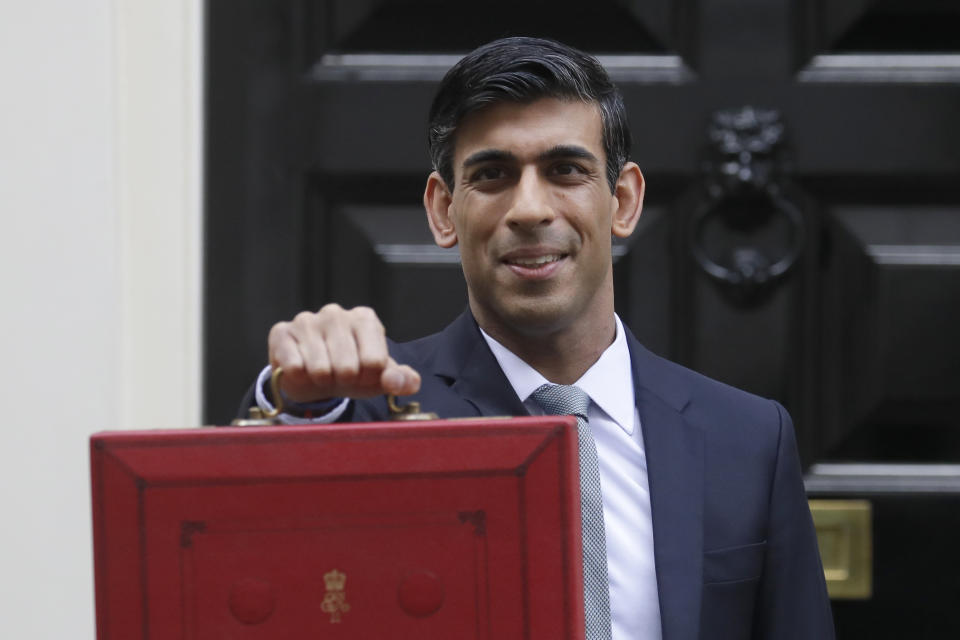Coronavirus: UK government crisis spending to cost £104bn this year

The UK government’s emergency measures to prop up the economy during the coronavirus crisis will cost £104bn ($130bn) this year alone, according to official estimates.
The Office for National Statistics (ONS) released fresh analysis on Thursday of the cost of a barrage of UK government measures to relieve the damage caused by the current lockdown. More data will be published in future on the potential costs for the next five years.
It said the UK government’s furlough scheme, subsidising employer wages for staff at risk of redundancy, could cost £49bn in 2020-21.
The research assumes around 30% of the entire UK workforce is temporarily furloughed, put on paid leave with the government footing the bill for 80% of wages below a £2,500 cap.
It adds up to some £14bn a month on furlough costs, with the chancellor recently extending it to the end of June and signalling further extensions are possible.
READ MORE: UK could face tax hikes amid fears of ‘biggest deficit in history’
A similar income support scheme for the self-employed is expected to cost £10bn. Day-to-day spending on public services is also expected to surge by an additional £16bn this financial year, with extra cash for health, council and bailed-out rail services.
A business rate holiday for retail, hospitality and leisure firms will set back the Exchequer £13bn, while councils will also hand out an estimated £15bn in grants to small firms.
Extra cash for Britain’s benefit system after years of cutbacks will add up to £7bn, including higher universal credit and tax credit allowances and support for low-income tenants paying their rent.
READ MORE: Top economist warns millions of furloughed staff ‘may not get jobs back’
The ONS has previously said the spending measures alongside lower tax receipts could see the UK government’s budget deficit surge to its highest in decades.
Some economists believe higher government borrowing is reasonably sustainable, with interest rates low and the Bank of England propping up the bond market with new cash.
But a weak recovery could make closing the budget gap harder, and consistently higher public debt could push up the cost of borrowing.
The Resolution Foundation has called for tax hikes to close the gap and new fiscal rules to reassure bondholders. Many analysts expecting public appetite for further cuts to be limited after the crisis after a decade of austerity.
Watch the latest videos from Yahoo UK

 Yahoo Finance
Yahoo Finance 